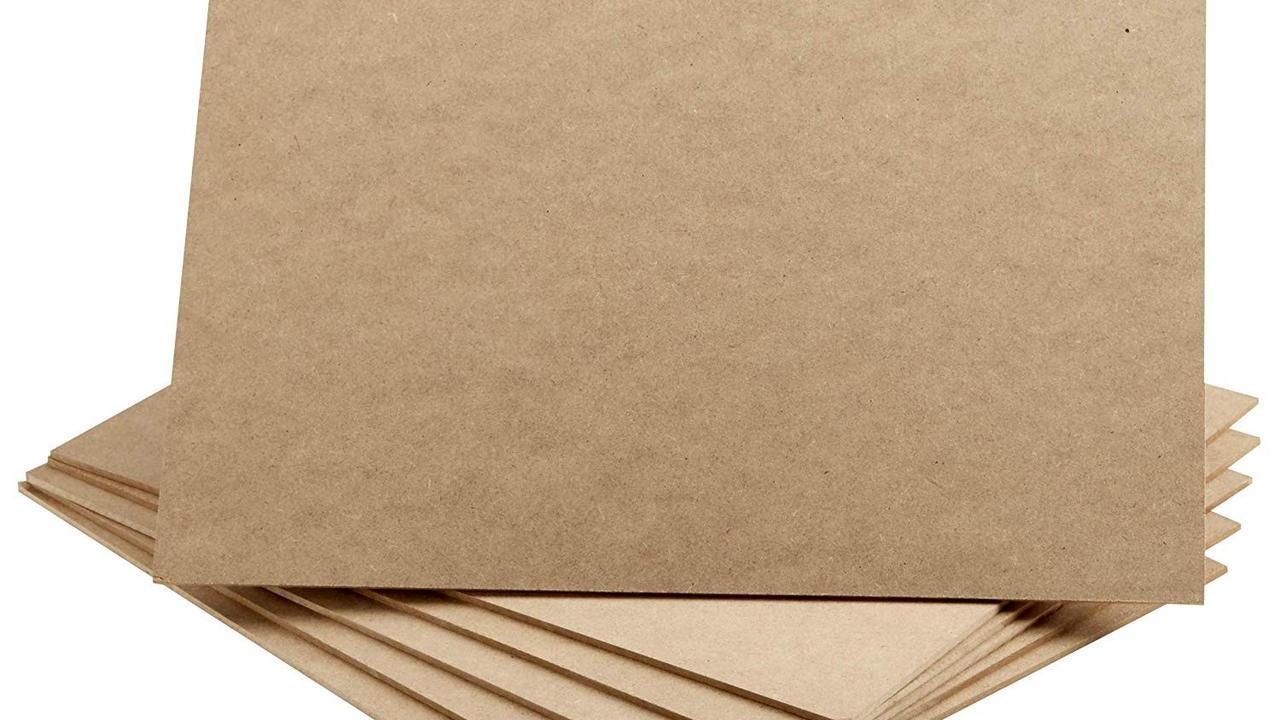The Best Surfaces for Acrylic Painting


One of the great things about using acrylic paints is how much flexibility there is in the surfaces you can paint on. And while there are a lot of options, I’m only going to highlight my three favorites and tell you their pros and cons.
MDF: First of all, let’s look at MDF. This is a manufactured wood material. It is similar to Masonite, but I prefer it because it is more rigid. It’s sold in panels at some art stores, but I’ve most commonly bought it at Home Depot in a 2’ x 4’ sheet. It is ¼” thick. I usually try to mark it out and ask them to cut it to size before I leave the store. This saves me time, and they have always done it for free or a minimal charge. To make sure I don’t waste much, I cut it down into sizes that are divisions of the 24”x48” piece, like 12”x16” panels.
Pros:
- Solid, sturdy surface. I don’t worry about this surface getting damaged or pierced like I might with stretched canvas. It is quite strong and feels solid.
- No backlighting problems. When painting outside, this is nice because the sunlight will never come through from the back and distort the lighting of the painting as you’re working on it.
- Inexpensive. This is one of the cheapest surfaces I'm aware of. I think a 2’x4’ sheet is around $8 and yields six 12x16 sturdy panels.
Cons:
- Needs preparation. If you want to get the most out of this surface, you will want to prepare it properly with 2 or 3 coats of acrylic gesso. This is okay if you have lots of time, but if you don’t want this extra hassle, it can be a reason to avoid MDF.
- Heavy at large sizes. This doesn’t apply to smaller panels, but if you have larger pieces, it can make the painting quite heavy.
- Water damage. It’s never good to have your paintings in a moist place, but if MDF is unsealed and gets wet (for instance, sitting on the floor in a wet basement), it will swell up and become deformed.
Pre-Primed Stretched Canvas: This is probably the most common surface on which people paint with either acrylic or oil paints. It is what I use for large paintings all the time. It can be purchased in a wide variety of sizes. It also varies in the thickness of the stretcher bars and quality of the canvas. Most art stores carry it in the common sizes and they usually have a couple of different qualities. If you want to get a custom size, you can either stretch your own (this takes some practice), or there are different online options where you simply enter the size you want and they will custom make it for you.
Pros:
- Easy to use. No preparation is necessary. Just start painting.
- Light. This is especially nice for larger sizes. Because it is only the outer wood frame and the canvas, it is substantially lighter than a similar sized panel in MDF or hardwood.
- No need to frame. You can just paint the edges of your stretched canvas, put a hanger on the back, and put the painting on the wall. This saves time and money compared to framing.
Cons:
- Not great for plein air painting (painting outside) because the light shines through it if the sun is behind your canvas.
- Takes more space in storage than panels – especially the 1 ½ inch deep canvases.
- 1 ½ deep option is more challenging/expensive to frame, as it requires a deeper frame.
Pre-Primed Canvas Panels: In smaller sizes, and especially for plein air painting, I recommend using canvas panels. These are panels covered with canvas for a nice, sturdy textured painting surface. They are light-weight, durable, easy to store, and fairly inexpensive. There are different qualities of these. Cheaper ones are made with a cheaper cardboard type core, and more expensive versions have an MDF core. The ones I use right now are Centurion LX Universal Primed Linen Painting Panels by Creative Mark. Less expensive options include Fredrix Canvas Panels, which I used frequently when beginning to paint in acrylics.

Pros:
- Ready to paint. Just open up the package and start painting.
- Great for plein air. It won’t let the sunshine come through from the backside, and it is nice and compact. You can stack several together and take up less space than one stretched canvas of similar size.
- Good price. These are usually a pretty cost-effective surface to paint on.
Cons:
- Only in smaller sizes. I’ve never really used this in anything bigger than 18x24, and I don’t know how much bigger you can find it.
- Need to frame. While you can set one of these on a mantle or a similar place, the only way to hang it on the wall is to frame it, so that adds to the cost somewhat.
So, those are the 3 surfaces I most commonly use and recommend as substrates for acrylic paints. Each has slightly different strengths and weaknesses, so figure out what you want it for, and then choose accordingly.
Stay connected with news and updates!
Join our mailing list to receive the latest news and updates from our team. You're information will not be shared.



